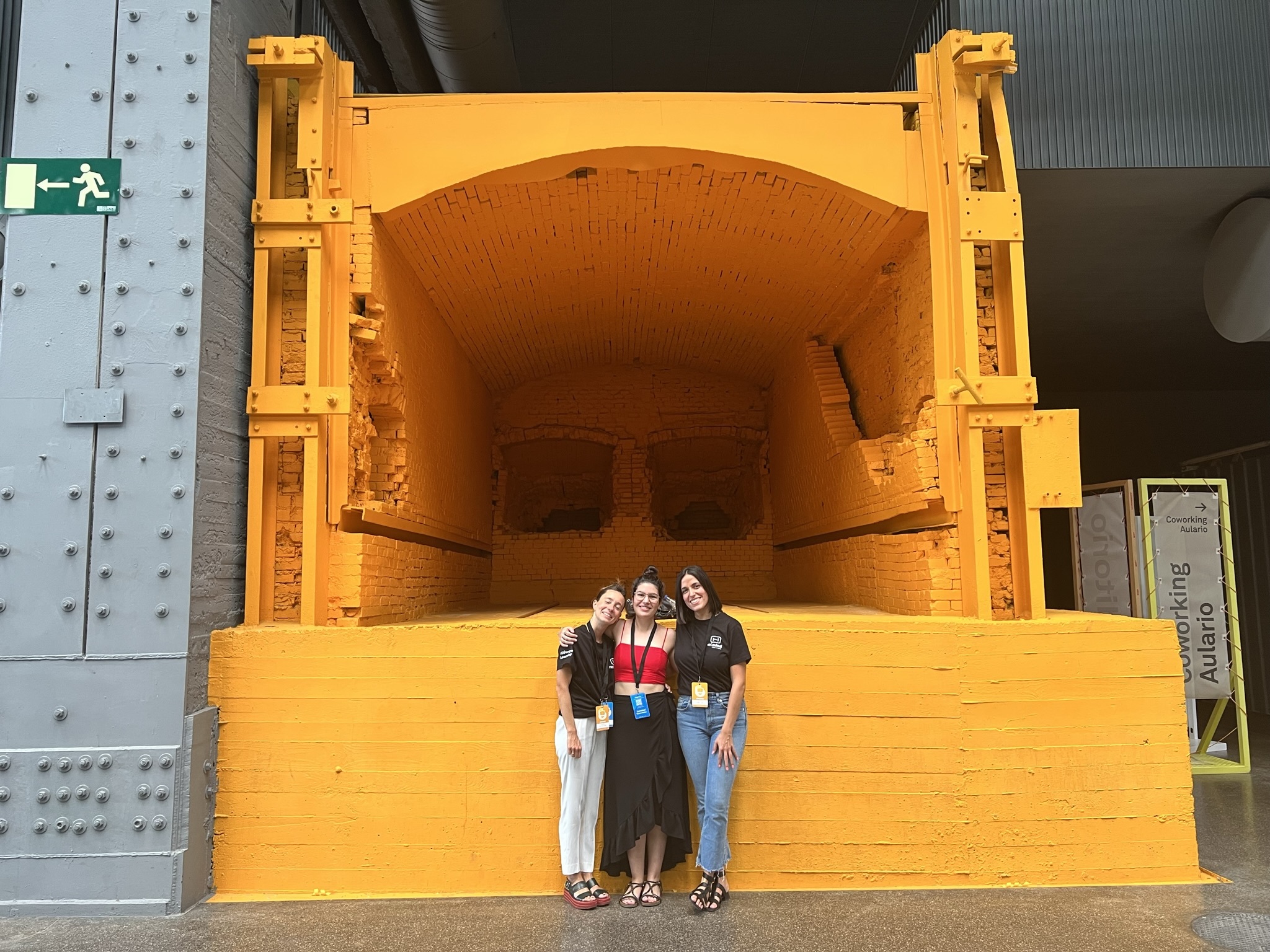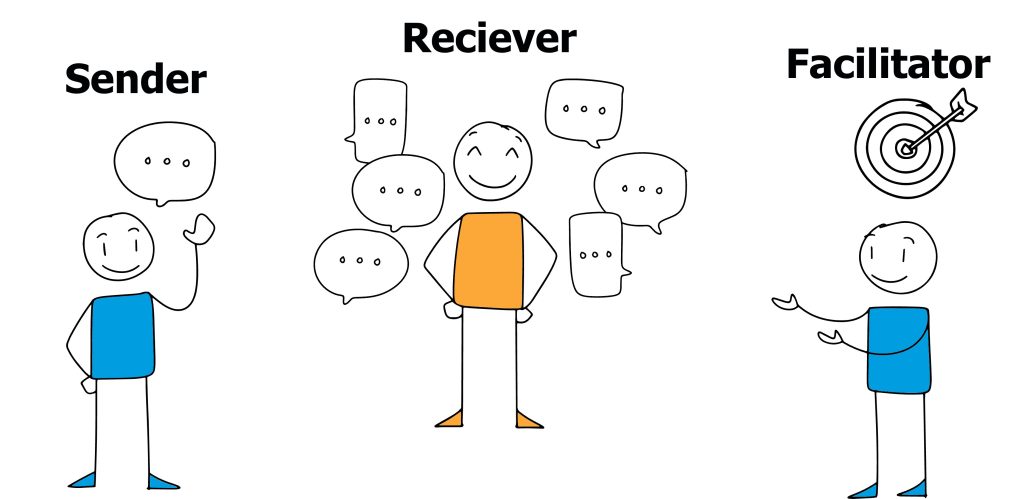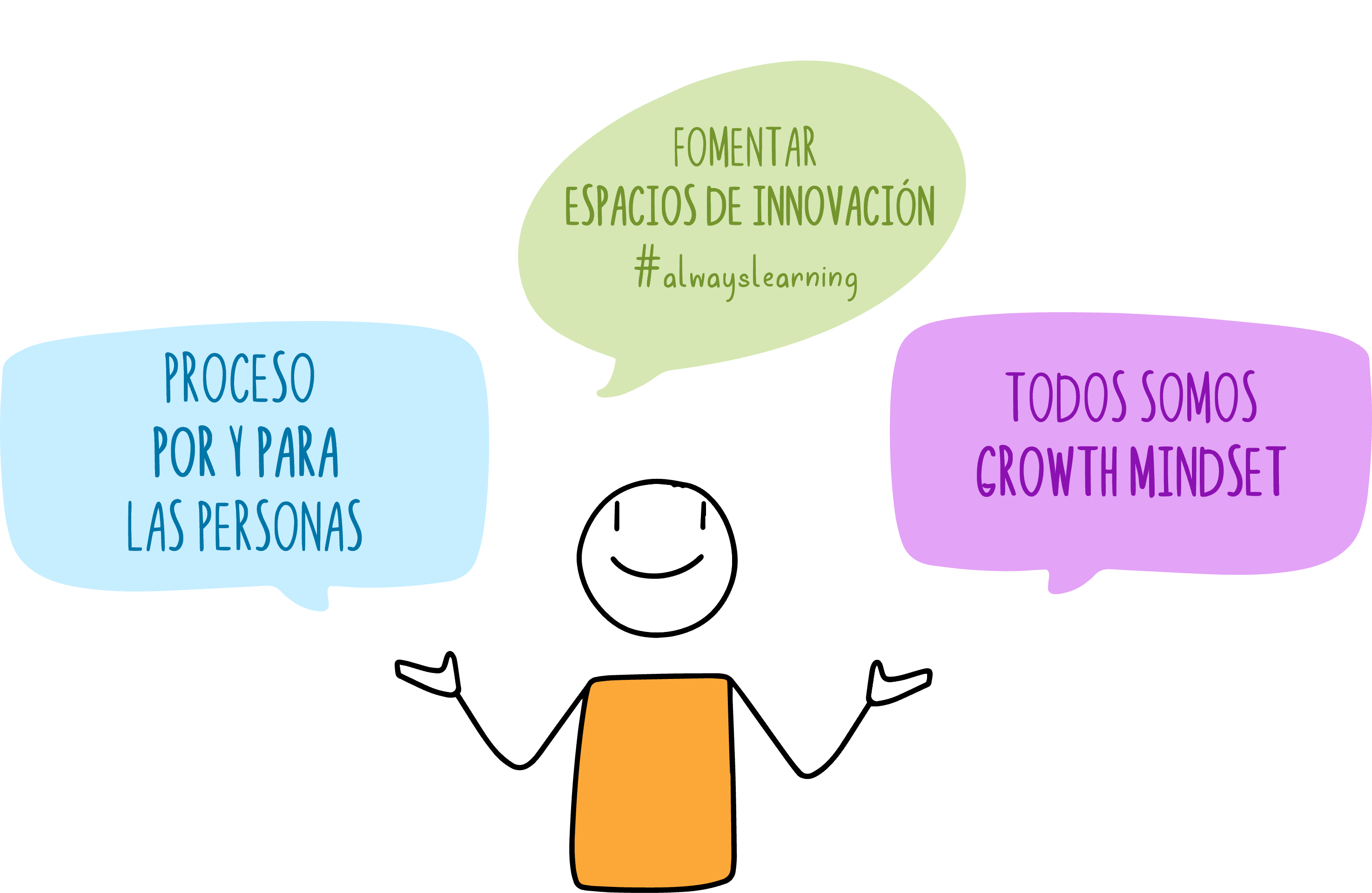The step-by-step of how we envisioned, designed and implemented a feedback process from scratch
Jesús Ramos
At Netmind, we firmly believe in continuous learning; after all, our motto is #AlwaysLearning!
We really believe in feedback process and feedback for growth.
We are committed to internal training, which allows all of us, regardless of our department or area, to learn and deepen our knowledge in methodologies and techniques such as Scrum, Kanban, Design Thinking, Agile, visualization, and coaching that we can later apply in our workplace.
However, learning is not only training; it also comes in other forms, such as feedback. Performing a self-analysis is beneficial and necessary, but knowing how our colleagues see us is fascinating and constructive. Sometimes others provide us with comments that are so revealing, different and unexpected that they can significantly impact our perception.
We want to share the experience of three colleagues who created, designed, refined and implemented a feedback model to help Netminders help each other grow: Feedback 4 Growth.
Laying the groundwork for the model
Our goal was to drive the growth of all Netminders by fostering a feedback culture, and the way to do that was to create a feedback process. It was clear to us that it had to meet the following criteria:
- Everyone would be able to participate in the process, regardless of role or position.
- It would be done regularly.
- The feedback would be given among colleagues with whom we share day-to-day work so that it would be as accurate and nurturing as possible.
- The feedback would represent Netmind’s values.
- It would not be used as a performance evaluation linked to retribution or promotions.
- The feedback received by each user would be materialized in an improvement plan.
In addition, we defined three essential roles of the model:
- The receiver is the person who receives feedback from their peers.
- The senders are the people who provide feedback to their peers.
- The facilitator is a neutral figure who collects the results, transmits them and helps to develop an action plan.
And the moments that would shape the whole process:
- Call for Feedback 4 Growth: people who want to participate sign up, indicating from which peers they wish to receive an assessment and who they prefer to be their facilitator.
- Completion of the questionnaire: the participants answer questions about themselves (as an exercise in self-knowledge), and their chosen peers fill it out about them.
- A session between the receiver and the facilitator: the participant learns about the feedback through the facilitator, who will help them to receive it and transform it into an action plan.
- Execution of the plan: the participant can carry it out alone or be guided by the facilitator.
Relying on agility
When designing the model, we used resources from the agile world to help us shape it:
- Customer Centricity: we put netminders at the center, investigating their problems, needs or desires to articulate the solution better.
- Design Thinking: It is a product or service design methodology and analyzing all the steps we had taken, we had done what this theory said, first diverge, generating many ideas and then converge, diverge and converge.
- OKRs (objectives and key results): this tool has been handy in keeping the focus on the objective and measuring outcomes: the change in netminders’ behavior.
- Iterations: we carried out the development in small phases, validating with future users and incorporating improvements in each one.
We relied on those tools that allowed us to interact frequently with the netminders, such as Teams for communication or Miro for the work sessions.
Regardless of the methodologies, frameworks or tools we use, the most important thing is that we work in collaboration with all the netminders. After all, they are the designers and owners of this model. We only helped to make things “happen.”
Implementing
Before the global launch, we decided to conduct a pilot to ensure that what we had in mind was going to bring the expected value to netminders. We looked for a group of volunteers with whom we could test the experience by generating a reduced space.
During the pilot, we made an effort to take care of communication from the beginning: we wanted no one to have any doubts about what to expect and what they would get. We tried to make the experience as authentic and intimate as possible for the participants, who were the real protagonists, so we made sure from the shadows that everything was happening as planned.
The pilot lasted several months, and, in the end, the moment of truth arrived: we met with all the volunteers who participated as receivers, senders and facilitators to learn about their experience. We wanted to know if it had brought them value, if they felt comfortable and if anything had not worked for them. With the information, we made the final adjustments to the model.
Piloting on a small scale with Netmind volunteers.
Communicating clearly and continuously, and energizing the process.
Staying accessible, but on the sidelines. The protagonists were them.
Asking for feedback: How did you feel? What have you been missing? What did you like?
Learning from experience
Two years passed between the time we proposed the idea of the feedback model and the end of the pilot. During this time, we have enjoyed, suffered, and, above all, learned. These are the most relevant lessons we have learned:
- Consistently and constantly keep users in mind: knowing their interests and needs is essential to create the right product, and frequent contact points and testing with users allow us to know if the path we are taking is the right one or if we need to change course.
- Validate the hypotheses: although we all know this in theory, when it comes to getting down to work, we unconsciously assume the validity of our assumptions because of our beliefs or personal biases. Not just assuming the validity of these hypotheses and experimenting with a representative group of people allows us to test whether the product will work in a real environment.
- With the main objective always in mind: to analyze the decisions being made and to ensure that you are not deviating from the final goal.
Conclusion
All this has been possible thanks to the fact that in our company, there is room for innovation. That is, we have time available to invest in internal improvements in the company, which we can propose, design and promote with our initiative, regardless of our position or role within the organization.
On the other hand, we have learned that working collaboratively generates exponential results. We can all promote our development or that of others. Three minds think more and better than one, and each personality and way of seeing the world brings richness to the idea being generated. If, in addition, spaces are developed to co-create with future users, the results obtained will be much more precise for the objective to be achieved.
We genuinely believe that this type of initiative improves people’s transparency, motivation and commitment, fostering an improvement in the climate and commitment of employees.
What impact will this have on talent retention and the business?
We hope to be able to tell you soon!

Authors
Macarena Villar
Learning Experience Analyst and Instructional Designer
Sonsoles Saiz
Transformation Consultant
Patricia Parreira
Scrum Master










